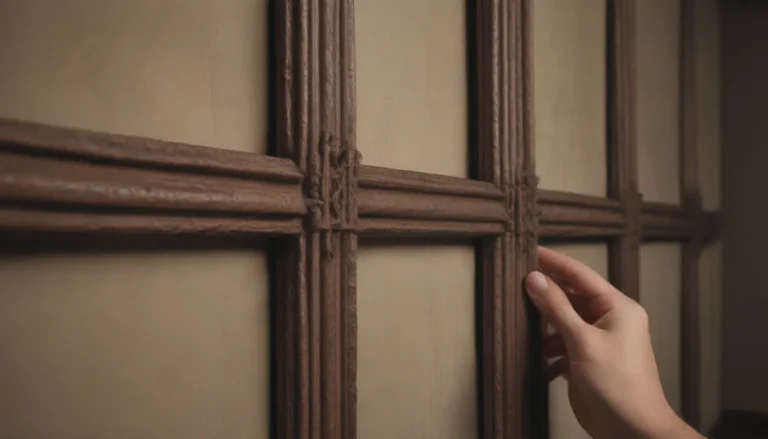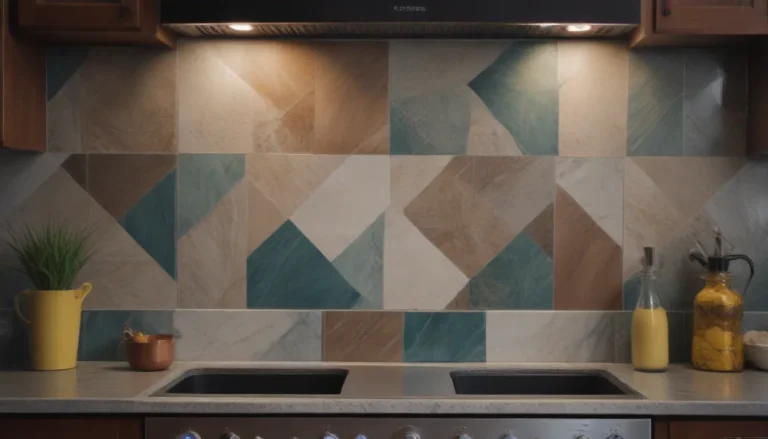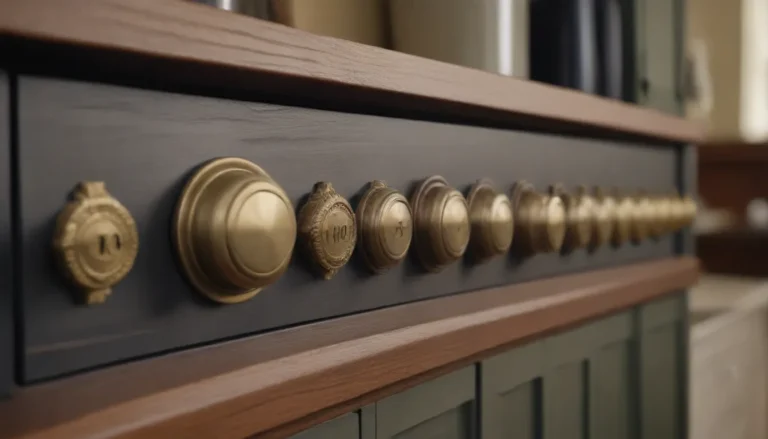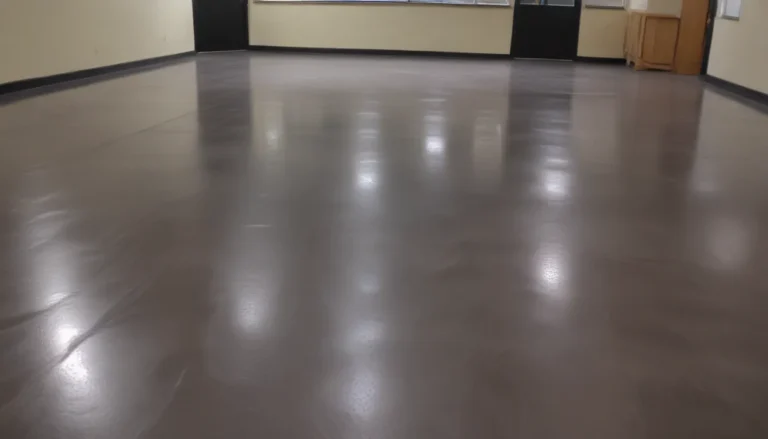How to Effectively Repair Cracks in Concrete
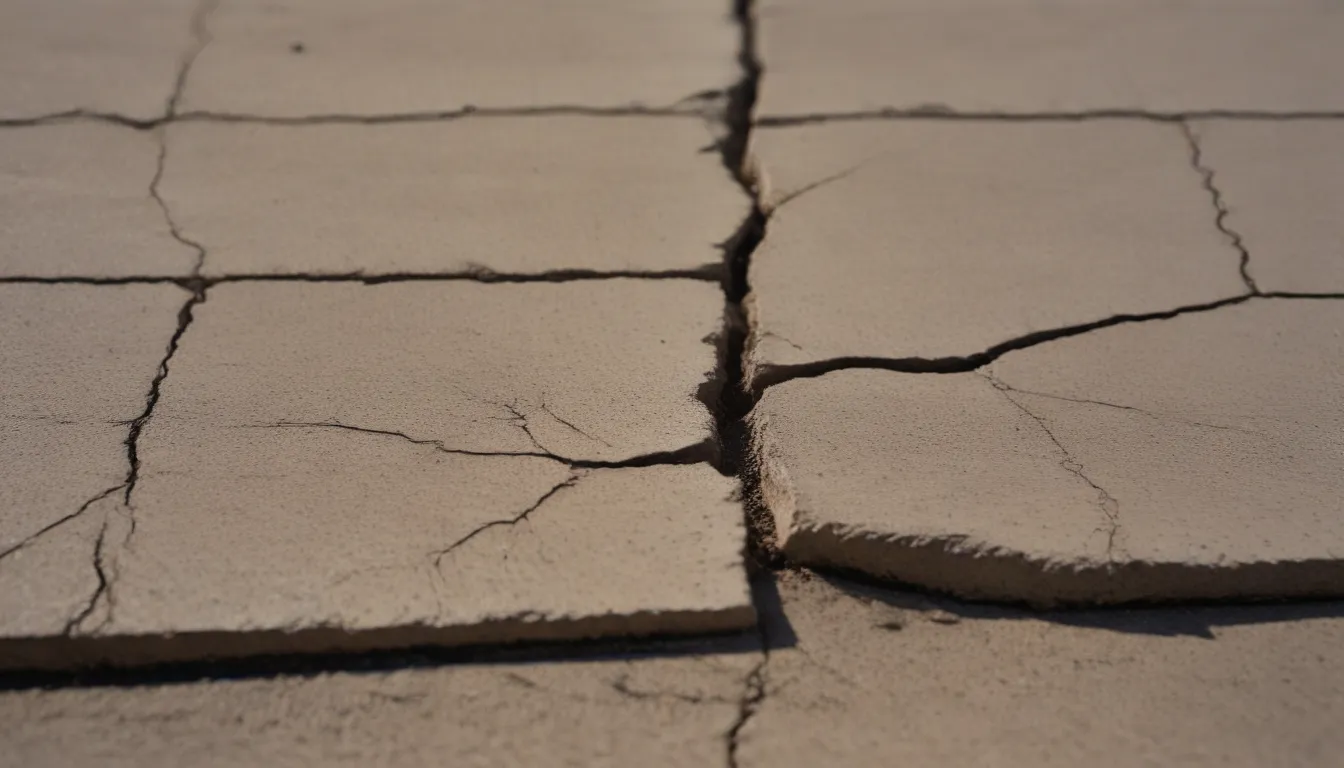
Concrete is a durable and versatile material that is commonly used for various construction projects. However, over time, concrete can develop cracks due to factors such as age, weather exposure, and heavy loads. It’s important to address these cracks promptly to prevent further damage and maintain the integrity of the concrete surface. In this article, we will discuss different methods for repairing cracks in concrete, from small hairline cracks to wider gaps, to help you effectively restore the appearance and functionality of your concrete surfaces.
Types of Concrete Cracks and Repair Options
There are different types of cracks that can occur in concrete, ranging from small hairline cracks to wider gaps. The severity and width of the crack will determine the best repair method to use. Here are some common types of concrete cracks and the appropriate repair options:
- Hairline Cracks (Less than 1/4 inch wide):
- These small cracks can be repaired using a concrete caulk or liquid filler.
- Apply the caulk or filler with a caulking gun or bottle with an applicator tip.
-
Smooth and blend the patch to match the surrounding area.
-
Wide Cracks (More than 1/4 inch wide):
- For wider cracks, use a concrete patching compound that is mixed with water and applied with a trowel.
- Create an inverted “V” shape on the sides of the crack to help the patch material bond effectively.
- Smooth and texture the patch to blend with the surrounding concrete surface.
- Consider painting the patched area with concrete paint to match the existing concrete color.
Repairing Wide Concrete Cracks
Wide cracks in concrete require a more intensive repair approach to ensure a lasting and seamless result. Here is a step-by-step guide on how to repair wide concrete cracks effectively:
- Prepare the Crack:
- Use a hammer and chisel to undercut the sides of the crack, creating an inverted “V” shape.
-
Clean the crack thoroughly with a wire brush to remove any debris and loose particles.
-
Apply the Patching Compound:
- Mix the concrete patching compound according to the manufacturer’s instructions.
- Fill the crack with the patching compound, ensuring it is packed tightly to create a strong bond.
-
Smooth and texture the patch with a trowel to match the surrounding area.
-
Allow the Patch to Cure:
- Follow the recommended curing time specified by the manufacturer.
-
Keep the patched area dry and protected from traffic during the curing process.
-
Finish with Concrete Paint:
- To hide the patch completely and match the existing concrete color, consider painting the surface with concrete paint.
By following these steps and using the right materials, you can effectively repair wide cracks in concrete and restore the appearance of your concrete surfaces.
Repairing Narrow Concrete Cracks
Narrow cracks in concrete can be quickly repaired using masonry crack elastomeric filler or concrete caulk. Here’s how you can repair narrow concrete cracks with ease:
- Prepare the Crack:
-
Clean the crack with a wire brush to remove any debris and prepare the surface for the repair.
-
Apply the Filler or Caulk:
- Use a caulking gun or bottle with an applicator tip to fill the crack with masonry crack elastomeric filler or concrete caulk.
-
Smooth the filler to ensure it blends with the surrounding concrete surface.
-
Allow the Repair to Set:
- Let the filler or caulk cure according to the manufacturer’s instructions.
- Keep the repaired area dry and avoid heavy traffic until the repair has fully cured.
By following these simple steps, you can efficiently repair narrow concrete cracks and prevent further deterioration of your concrete surfaces.
When to Seek Professional Help
While minor concrete cracks can be repaired as a DIY project, there are instances where it’s best to seek professional assistance. Here are some signs that indicate you should contact a concrete crack repair service:
- The crack is wider than 1/4 inch or uneven in depth.
- Structural cracking is visible on your driveway or concrete surface.
- You are unsure about your repair skills and need expert advice.
If you encounter any of these situations, it’s advisable to consult with a professional concrete repair service to assess the extent of the damage and recommend the appropriate repair solutions.
Final Thoughts
Repairing cracks in concrete is a crucial maintenance task that can help prolong the lifespan of your concrete surfaces and prevent costly repairs down the line. By understanding the different types of concrete cracks and the suitable repair methods, you can effectively address cracks in your concrete surfaces and maintain their structural integrity. Remember to follow the manufacturer’s instructions when using patching compounds and fillers, and consider seeking professional help for extensive cracks or structural issues. With proper care and maintenance, you can enjoy durable and aesthetically pleasing concrete surfaces for years to come.


